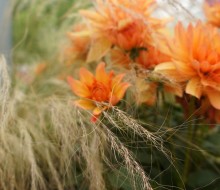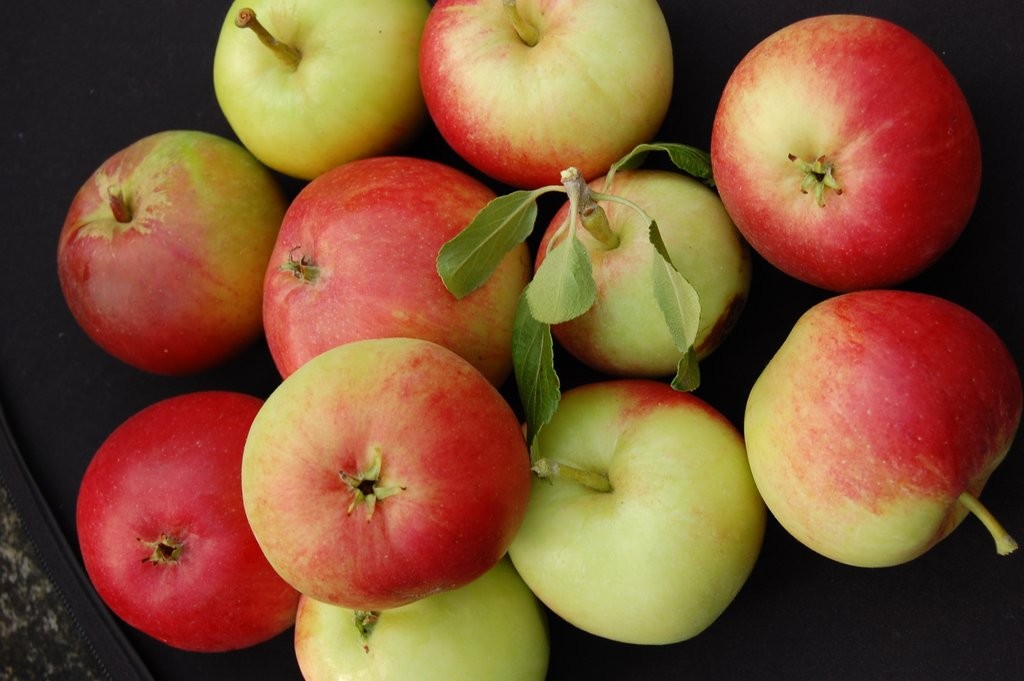


Everyone loves these for late summer and autumn colour. Very hardy with flower head up to 50cm-1m . Deep-rooted, they dislike being moved once established. Pink and white forms, double or single.

There are two main flowering periods for heathers and heaths, late summer and early Spring. And late August and September are the months to choose from the widest range of flower and foliage colours. We sell small 9cm plants and larger 1 and 2 litre sizes.
Plant in groups of 3-5 of each cultivar for a large bed, or singly in a small space. The Heather Society recommend using 5 plants per square metre in order to carpet the ground completely.
The key to good-looking heathers is to shear them after flowering for the spring and summer varieties, cutting back to below the flowering heads. The autumn-flowering ones will only need an occasional tidy up in spring.

Crocosmia (or montbretia as they used to be known) are really popular providers of late summer colour. They grow from corms (bulbs) and send up sword like leaves in summer followed by red, orange or yellow flowers in late August and September. The orange and red ones are the toughest and 'Lucifer' the most popular of the red forms. Some of the yellow and bicolours are a little less hardy and are best not far from the coast: Perth, Dundee, St Andrews and similar will be fine. They can spread around rather too vigorously especially in coastal gardens but they are not too hard to pull up if you need to. Trouble free and not fussy about soil conditions they should come up year after year. They look great planted with ornamental grasses.
Our new deliveries of fruit trees arrives in Early September: we have an amazing range of apples, pears, cherries, crab apples and plums. September and October are the ideal months to plant trees while soil is still warm.

September is the ideal month to plant apple trees and the new season's stock arrives on September 1st. Our trees are grown by the best fruit tree grower in England, Frank Matthews and the trees arrive in perfect condition each autumn. The selection is chosen by Kenneth Cox as the best range of varieties for Scottish conditions: where possible with resistance to scab disease and should fruit heavily each year. Both eaters and cookers are grown. For a full sized tree chose fruit on a M106 rootstock. If you want a smaller tree, chose fruit on M26. We dont recommend the very dwarf rootstocks as they produce rather weak trees which need to be staked and sheltered. Better to plant a more vigorous tree and prune it to keep it in bounds.

Cherries are best grown on a wall or fence so you can net them against birds which tend to strip the trees of fruit before they are ripe enough for humans. Plant cherries in a sheltered sunny site and you should get lots of fruit. All the ones we sell are self fertile so you only need one.
Our new deliveries of trees arrives in early September: we have an amazing range of Acer (maples), flowering cherries, crab apples, rowans (Sorbus) and lots more. September and October are the ideal months to plant trees while soil is still warm.


Autumn flowering pansies are in store now, ideal for replacing summer bedding as it starts to run out of steam. Plant Pansies in a sunny spot in well drained soil. Don’t let them dry out and they should flower well into late Autumn and if they dont get frozen solid they should flower again in Spring. Deadhead them to prolong flowering.
Autumn flowering violas have smaller flowers than their pansy relatives but some of the are scented. These are ideal for replacing summer bedding as it starts to run out of steam. Plant them in a sunny spot in well drained soil. Don’t let them dry out and they should flower well into late Autumn. Deadhead them to prolong flowering.
Masses of daisy flowers in many colours, flowering from late August to November or even December. Ideal for containers, pots and window boxes for late season colour.
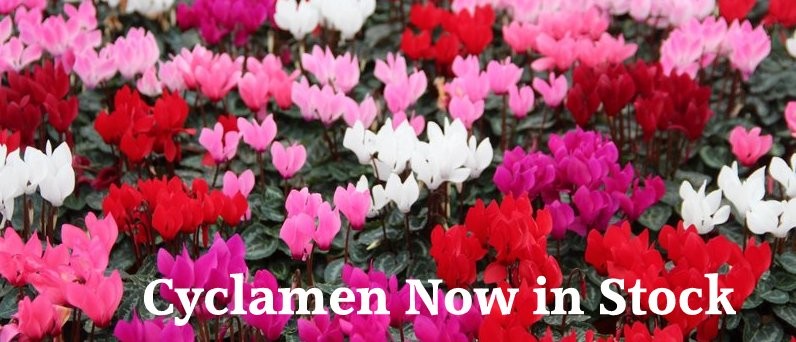
Dwarf Miracle cyclamen are becoming increasingly popular as Autumn bedding. They can flower for months and in mild weather they can last in flower till near Christmas. They will take a bit of cold, but it is best to cover them with fleece in cold weather or bring containers in. Keep them moist but not too wet and avoid watering the flowers if you can. They look great in pots and window boxes.

Glendoick Speciality. These evergreen tall shrubs or small trees produce a mass of white flowers in late summer: the need to be in a sunny site to flower well. The smaller flowered 'Rostrevor' is hardier than the more spectular 'x Nymansay. Glendoick offer a compact free flowering form called 'George Graham' which is an excellent plant. You can see a fine 'Rostrevor' in our display garden at Glendoick.

Allium
Tulips
Crocus
Snowdrops
Daffodils
Bluebells
Hyacinths and lots more.
Plant the early flowering ones as early as possible: Crocus, snowdrops, bluebells etc. But the tulips and daffodils are best kept bagged in a cool dry place till later in the Autumn.
There are two kinds of Hyacinth:
Instantly recognisable, with scented flower spikes, planted in the garden they'll flower in late Spring and should come up year after year. Plant them about 15cm deep in full sun or light shade, in any well-drained soil. Take care handling the bulbs as they can cause skin irritation. Best to wear gloves. Colours: purple, red, pink, yellow and white.
Prepared Hyacinths are heat treated to grow early providing fragrant Christmas or new year flowers in bowls.You'll need a container and some bulb fibre and 3-5 bulbs per bowl (more for a large one)
The top of the bulbs should just show at the compost surface. Bulbs need a cold dark period, preferably around 9°C, in a shed, garage or cellar for up to 10 weeks. Cover the pots with black bin liners to stop light getting through and check them regularly, watering them sparingly if the compost feels dry. Once shoots have appeared a few inches above the compost surface, bring them indoors and place in a bright, cool position. Do not let them get too warm or they will stretch. Water as needed and they should start flowering within 3 weeks. You can hold them back outdoors if they come on too quickly.
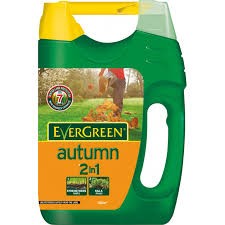
Outdoors
Sow new lawns, patch and Feed old ones
September and April are the two best months to sow grass seed. It it not too hot or dry and the cooler days mean the grass can get off to a good start.
If lawns are looking a little tired at this time of year, feed or feed and weed will perk them up for the coming season.
September Gardening Jobs
September is an ideal month to sow grass seed or patch worn lawns. A range of grass seed and patch magic is now in stock.
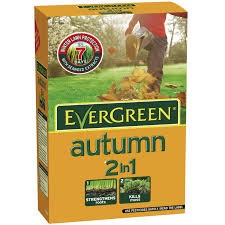
Autumn lawn fertiliser and feed and weed (Evergreen) are now available in store. Toughens up the grass to help it withstand harsh winter weather & improves greening the following spring. Contains extract of seaweed and iron sulphate to control autumn moss. For best results, apply using a Scotts or EverGreen spreader













